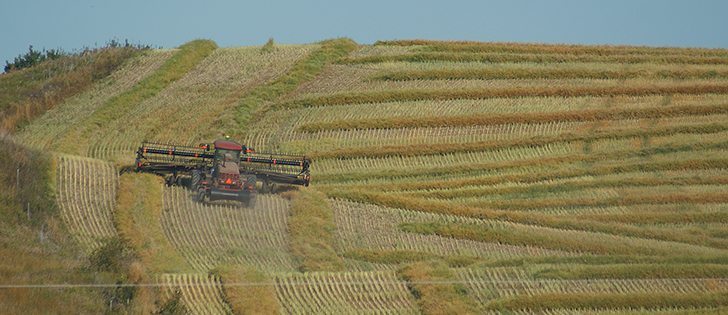The historical record shows that canola crops are usually a lot bigger than initially reported by Statistics Canada.
Larry Weber, analyst with Weber Commodities, has compared the August production estimate to the final estimate over the past nine years.
In eight of those years the final estimate was substantially higher than Statistics Canada’s first predictions.
The only exception was 2012-13, when the final estimate was 1.54 million tonnes smaller than the August projection. That was the year when wind gusts of up to 100 km-h tossed canola swaths around and shattered prospects for a good crop.
Read Also

Pakistan reopens its doors to Canadian canola
Pakistan reopens its doors to Canadian canola after a three-year hiatus.
“The majority of that (1.54 million tonnes) blew away in that one wind over the weekend,” said Weber.
For the other eight years, Statistics Canada underestimated the crop by 366,000 to 3.82 million tonnes.
In 2009-10, the August estimate of 9.54 million tonnes was short by 3.36 million tonnes.
“They missed it by 35 percent,” said Weber.
The average over the past nine years is an underestimate of 1.68 million tonnes. To put that in perspective, that is more than the 2014 export program to Mexico of 1.4 million tonnes, which was Canada’s third largest market that year.
“In this day and age, we shouldn’t be missing by this much,” he said.
Weber said Statistics Canada has satellite maps of vegetative growth it should be using to hone its production estimates. It could also have people in the fields counting pods.
The August estimate is now based mainly on farm surveys.
The good news for growers is that forecasts of smaller crops generally help drive prices higher, especially in a crop like canola, of which Canada is the world’s leading exporter by a long shot.
“That has worked out in the farmer’s favour because if those stocks had been in there, (the grain companies) would not have had to ante up as much as they did,” he said.
Given the historical pattern, growers should be counting on a 2015-16 crop of slightly more than 15 million tonnes, which might make them a little more inclined to sell than they would be based on the August estimate of 13.34 million tonnes.
“If you’re a canola buyer, you’re betting that it’s 15 (million tonnes),” said Weber.
Derek Squair, president of Agri-Trend Marketing, agreed that the canola number will be higher than Statistics Canada’s August estimate of 13.34 million tonnes.
“We’re definitely creeping higher. We’re pleasantly surprised with some of the early canola yields that are coming off,” he said.
Saskatchewan Agriculture is forecasting a provincial average of 32 bushels per acre, Alberta Agriculture is estimating 30.4 and Manitoba Agriculture’s last estimate on Aug. 17 said early yields were 30 to 50 bu. per acre.
“The crop is getting bigger. I wouldn’t go as high as 15 (million tonnes). That’s real high. I think we’re probably more like 14 or 14.1,” said Squair.
His estimate could be scaled back a bit depending on how much damage was caused by last week’s frost in eastern Saskatchewan.
Squair said the trade is often skeptical of Statistics Canada’s production and export estimates.
“It’s almost like you’re trading two numbers: the real numbers and the StatsCan numbers.”
Squair believes part of the problem with the August estimate this year was that the grower survey was conducted in late July when it was hot and dry. Rain in August and September has since bolstered yields.
Weber believes Agriculture Canada’s Market Analysis Group needs to play a role in second-guessing Statistics Canada’s numbers rather than plugging them into its supply and demand estimates without question.
“That whole department has to get some balls,” he said.
















